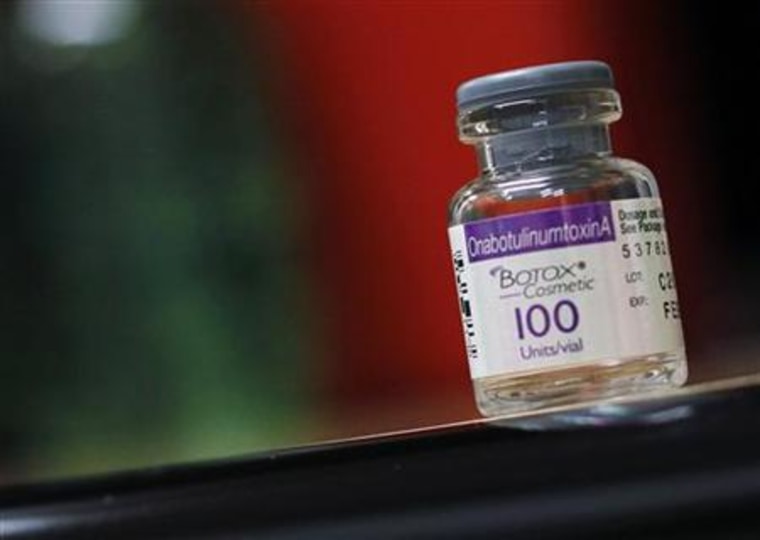U.S. drug regulators approved Allergan's Botox for treating a specific kind of overactive bladder on Wednesday, setting the stage for wider use of the popular wrinkle treatment in those with bladder problems.
The U.S. Food and Drug Administration said Botox can be injected into the bladder to treat those who lose bladder control because of damage to the nervous system, through conditions such as multiple sclerosis or spinal cord injury.
The drug received a similar approval in Europe earlier this month.
Overactive bladder, caused by uncontrollable contractions of the bladder, causes frequent urination, urgent need to urinate and inability to control urination.
A single injection of Botox into the bladder can relax it and increase its storage capacity, with the effect lasting for about nine months.
About 60 to 80 percent of patients with multiple sclerosis or spinal cord injury experience some form of bladder problems, Allergan said.
The company will try to gain approval to market Botox to a broader population of patients with overactive bladder, the company's CEO David Pyott told Reuters earlier this month.
For the wider bladder label, some Wall Street analysts are projecting annual sales of up to $500 million, Pyott said.
Botox' active ingredient is a toxin that blocks nerve signals. It gets about half its annual sales of $1.5 billion from reducing wrinkles. It is also approved to prevent migraine headaches, to treat upper limb spasticity, neck pain from cervical dystonia and certain types of eye muscle problems and spasms of the eyelids.
